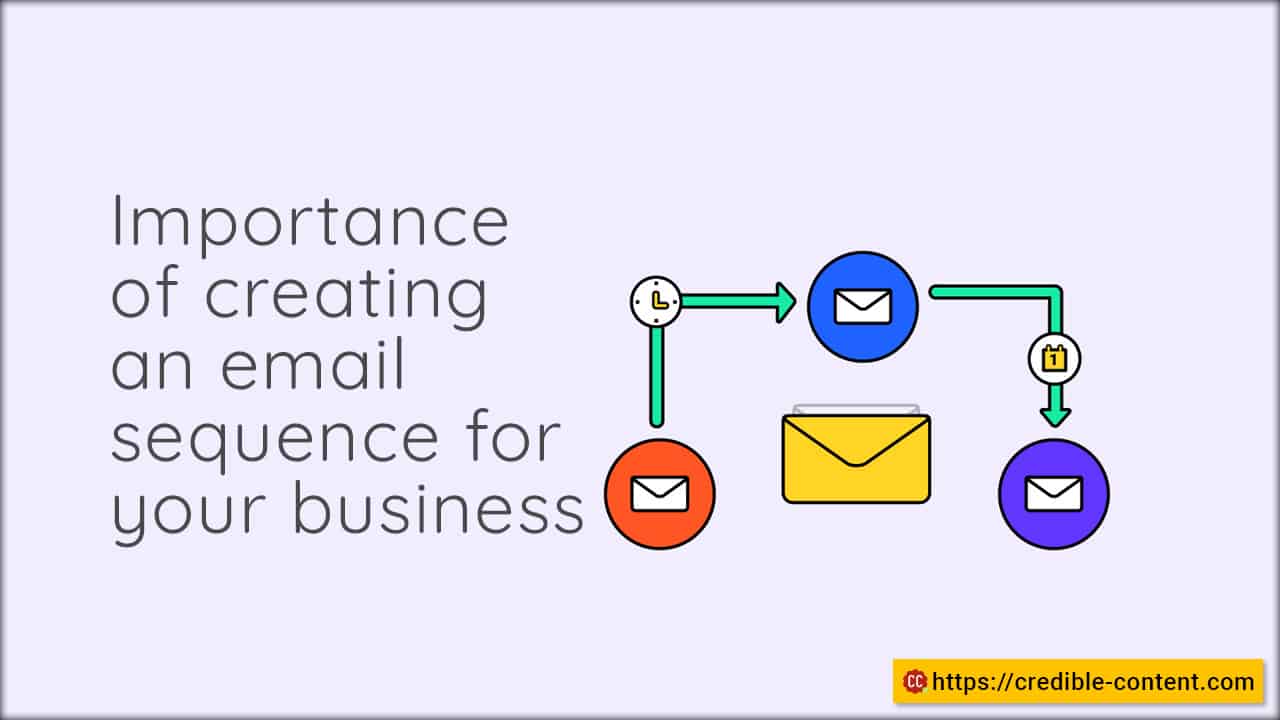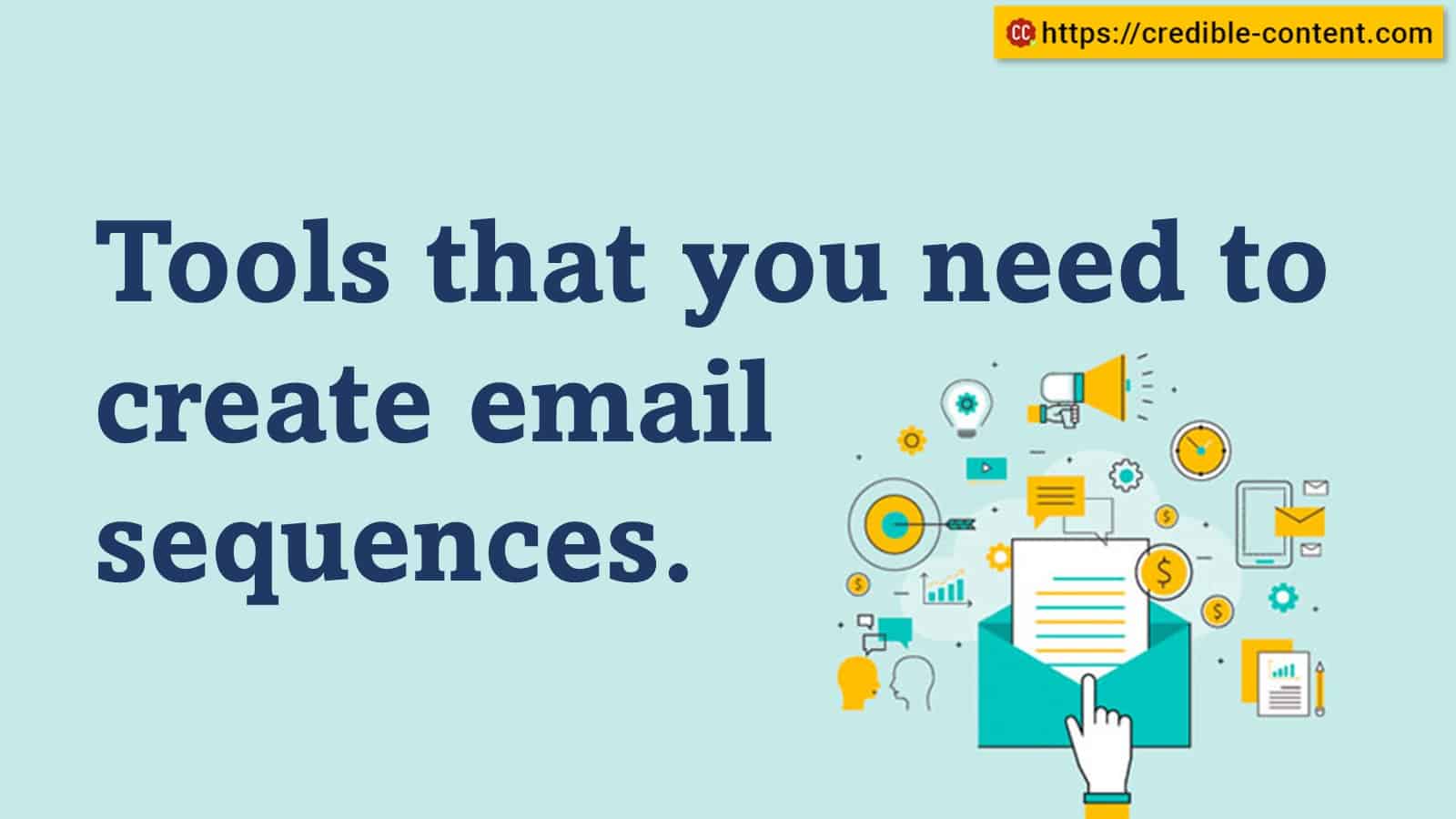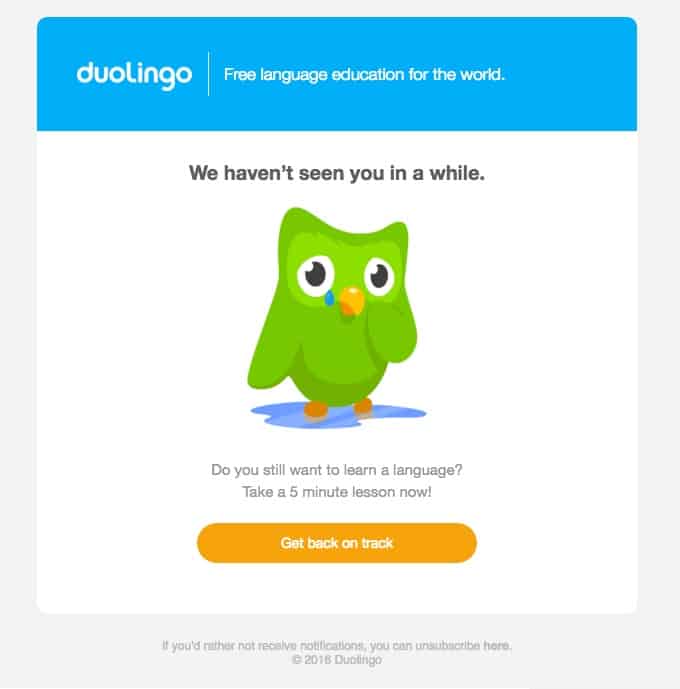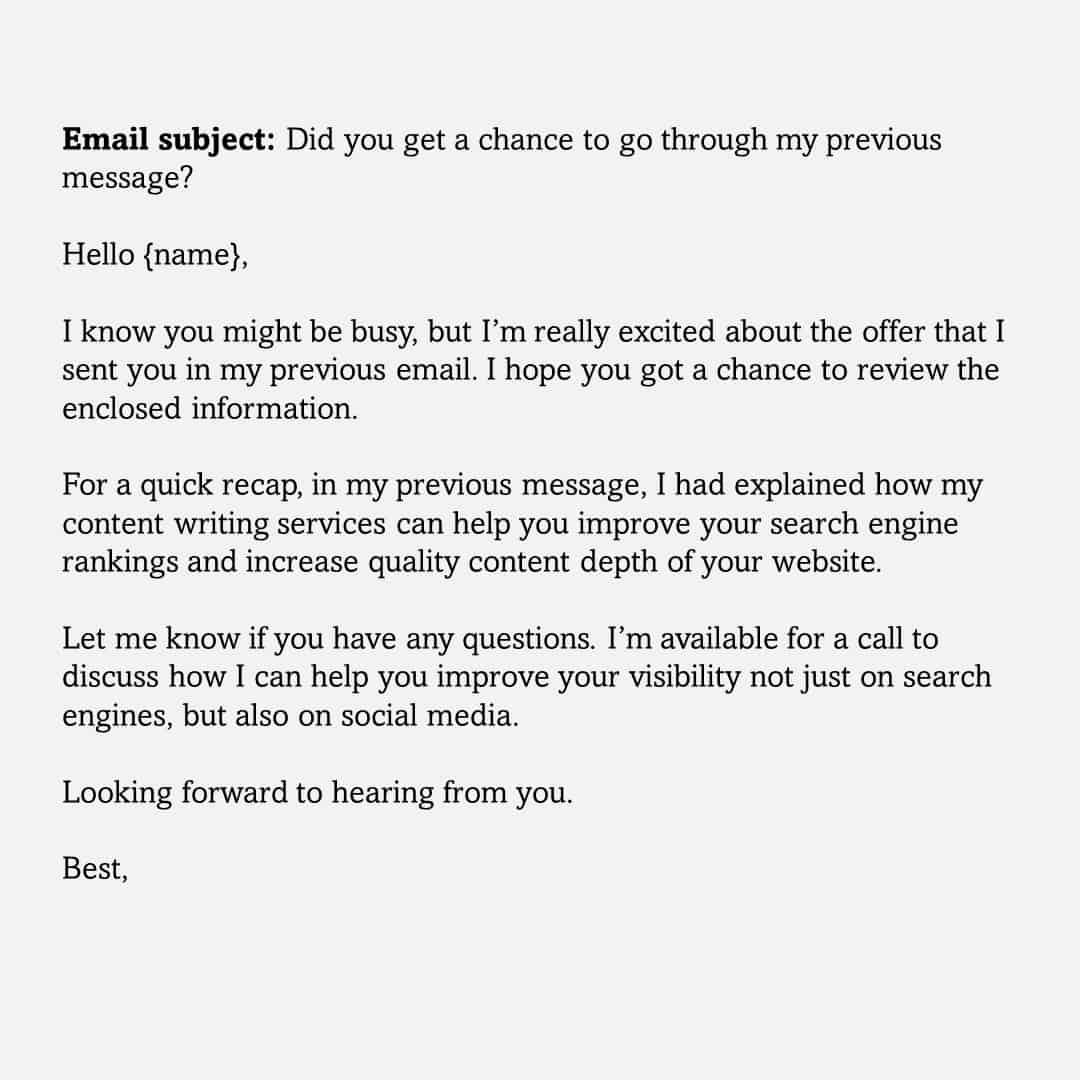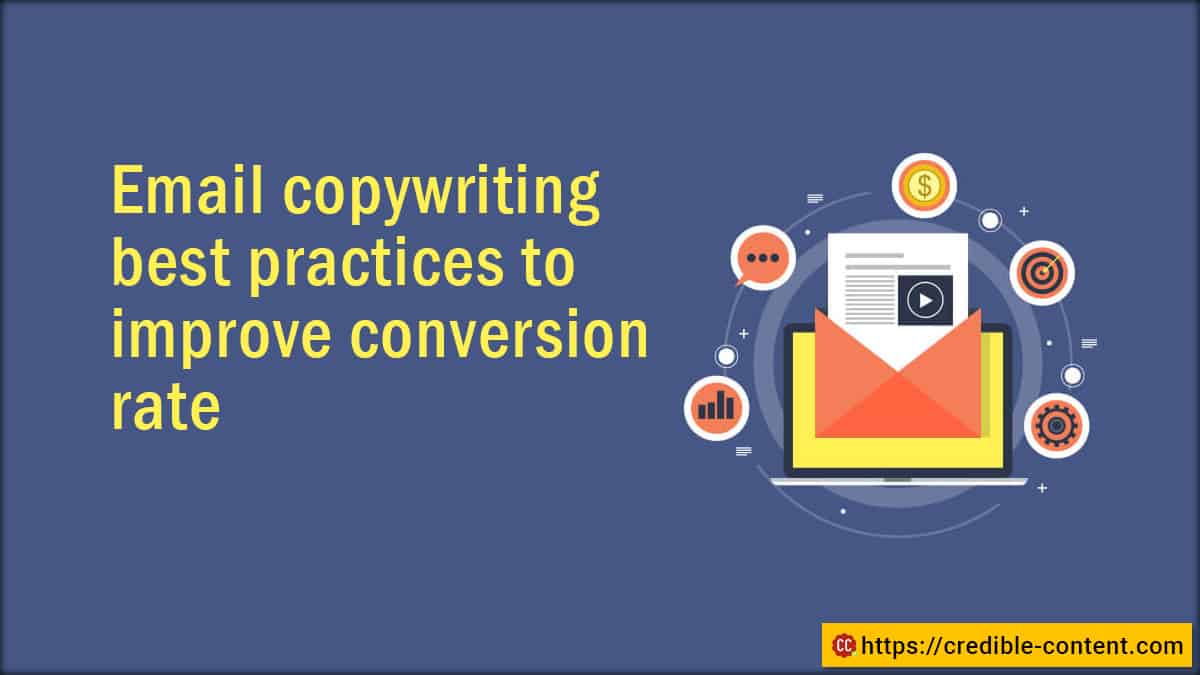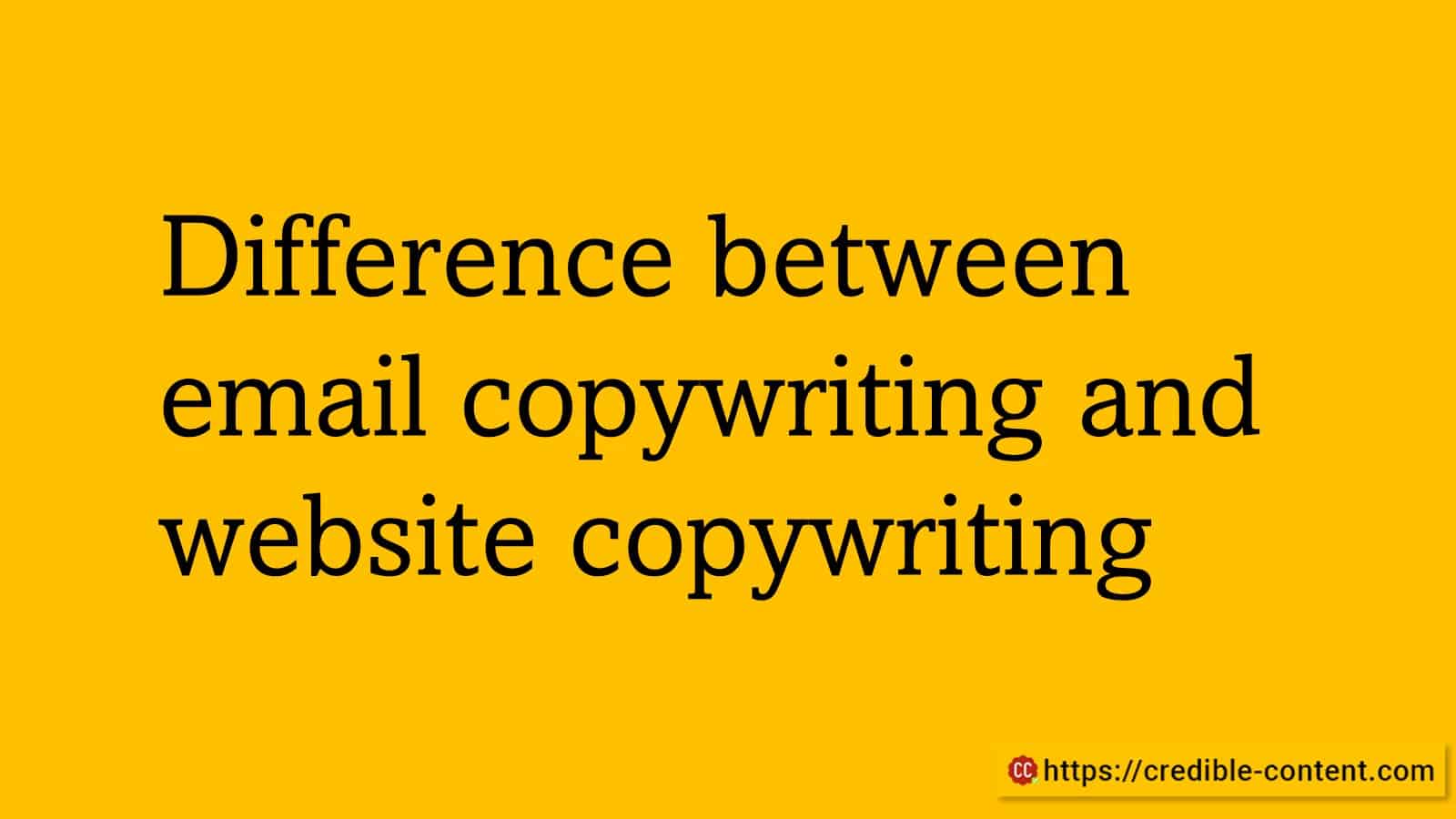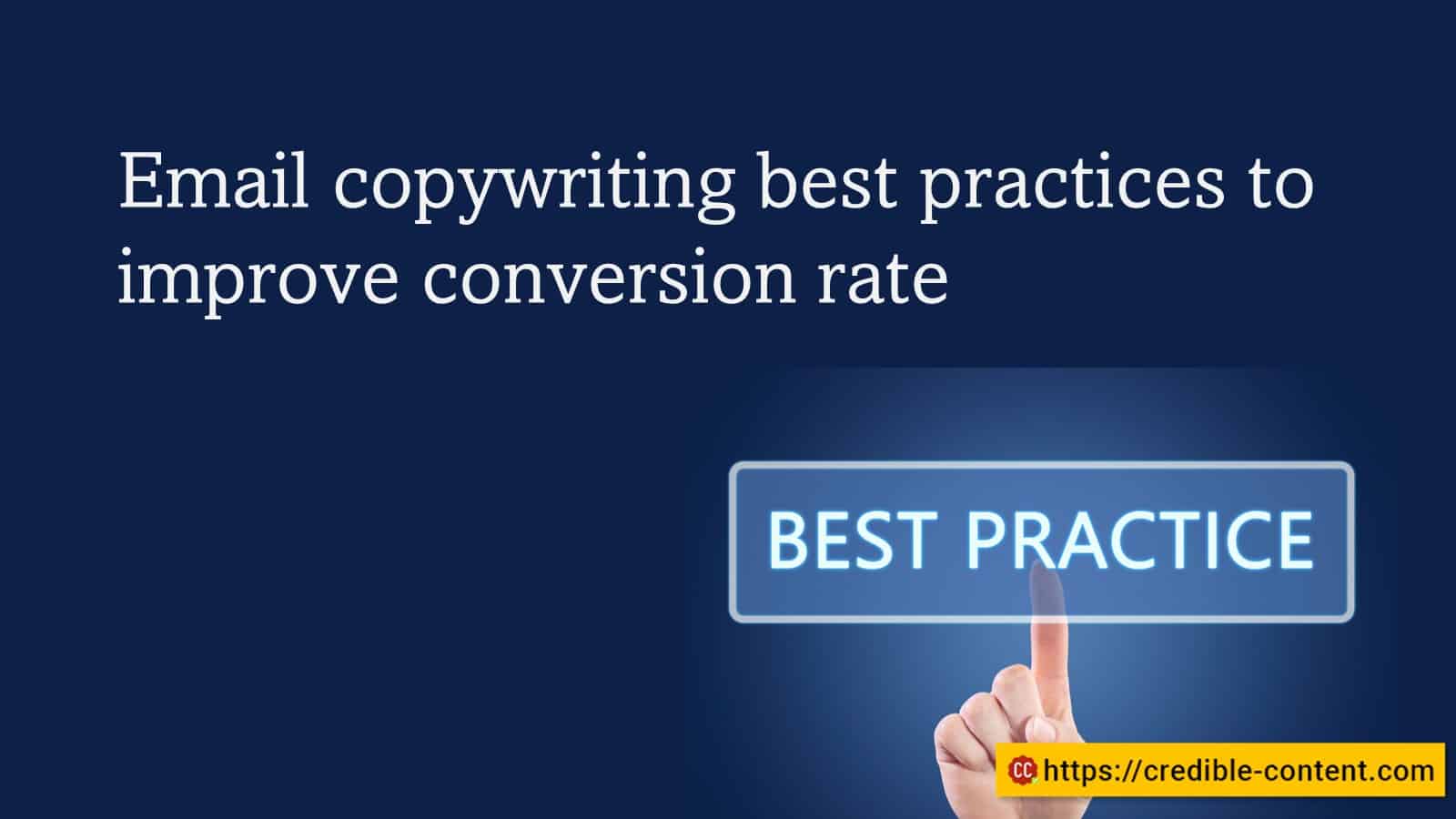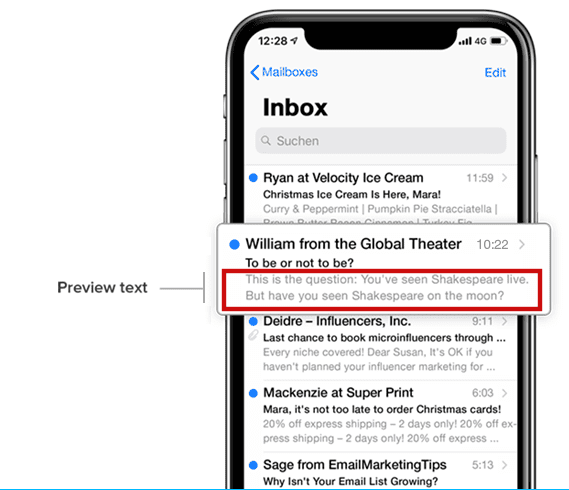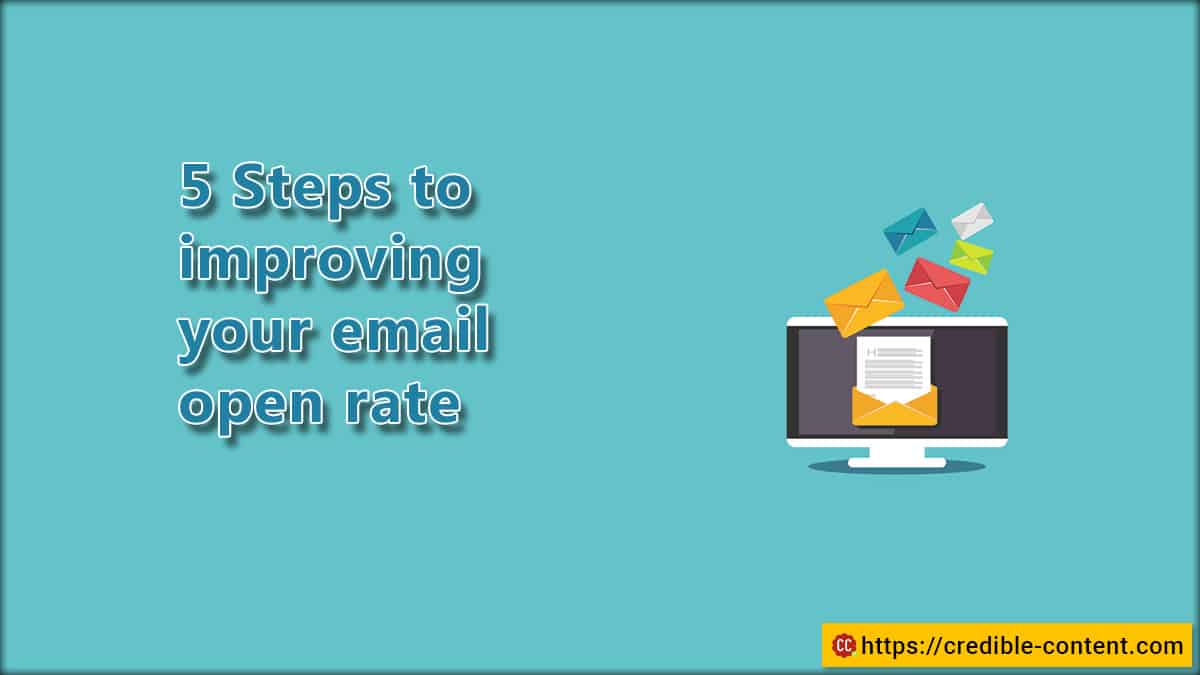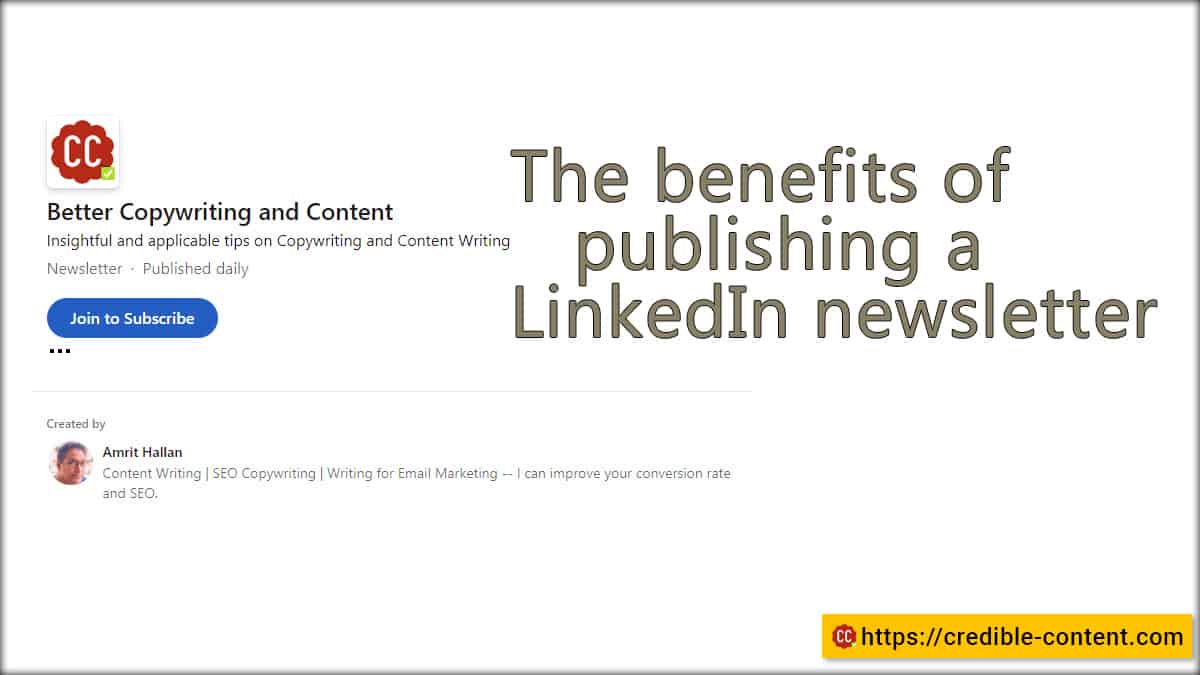What are email sequences?
As the name suggests, these are series of emails that are sent to a recipient.
Ideally, the emails belonging to a particular sequence are triggered automatically when someone signs up for your service, makes a purchase on your website, or downloads an e-book or case study or a white paper after submitting their email ID.
Note: Whether you send email sequences manually or automatically, just make sure that the person knows that they will be receiving multiple emails once submitting their email ID.
Emails belonging to a certain sequence are logically related to each other.
The next email is built upon the previous email and every email takes the recipient close to the desired action.
Marketers also use email sequences to educate their prospective customers and clients.
For example, a project management company can send out a series of emails educating people on how to manage the various aspects of their projects.
A weight loss company can send regular emails on how people can monitor their diet, what healthy food options they can prepare, or what physical activities they can do regularly to lose weight fast.
Is there a difference between drip emails and email sequences?
Although on many websites you will read about differences between drip emails and email sequences, frankly, there isn’t much difference.
You automate a drip campaign, and you also automate an email sequence.
A drip campaign is triggered by predefined events, and so is an email sequence.
A drip campaign is used to keep recipients engaged when you offer valuable information and timely updates, and the same thing is achieved by email sequences.
Advantages of using email sequences that convert
Email sequences are automatic
In most of the cases.
There may be rare instances when marketers may decide to send out email sequences manually, but in most of the cases, email sequences are managed by email services like MailChimp and Zoho Campaigns.
Since email sequences are automatic, you don’t have to manage them for individual recipients.
The moment they perform a function that triggers the email sequence, they begin receiving your emails sequentially.
Another benefit of email sequence automation is that even the segmentation can be automated.
For example, you can send different email sequences to people who open your message, who open your message on a particular day or from a particular region, or who click the CTA.
Your segmentation can be as diverse as you want.
Email sequences are good for lead nurturing
Lead nurturing can be a tedious process.
It may take many emails before a prospect decides to reach out to you.
Since your prospect may start ignoring your email if you keep on sending the same email repeatedly, an email sequence with different but related email messages will generate a better response.
With an email sequence you can keep your leads engaged, positively contribute to their inbox, and remain in front of them over a long period.
Email sequences can be used for cross selling and up selling
Cross-selling is done when a person has bought something from your website and you would like to suggest some related products.
For example, if someone has purchased a mobile phone from your website, you can send a follow-up email (a part of your post-shopping cart email sequence) listing mobile phone back covers for the same model, or the screen guard, or even, an insurance policy for the mobile phone.
Up-selling can be done to offer upcoming products to people who have already purchased from your website a few days, a few weeks, or a few months ago.
Email sequences are cost-effective
Multiple reasons for that.
Sending thousands of emails is inexpensive.
Since the email sequences are triggered automatically, you don’t need to spend your own time or hire someone to send them to individuals.
Whether you want to send your email sequences to 100 people, to 1000 people, or to 10,000 people, they are sent out with precision, targeting, and on-time, automatically.
They give you measurable results
Especially if you use an email marketing service.
You can measure how many people opened your messages, how many responded, how many clicked, and at what time of the day or which day of the week your messages were opened or responded to.
The metrics can be as diverse as you want.
Email sequences can increase your brand awareness
Through email sequences, you send your messages to your prospects at set intervals.
Provided you are not bombarding them with multiple messages every day, strategically timed messages with valuable content can help you build your brand awareness.
When you broadcast quality content people develop a positive association with your messages.
They begin to recognize your name or the name of your business and whenever they recognize you, they associate you with the value that you deliver regularly.
You can educate your customers and clients
Suppose you’re launching a new app or a revolutionary software. Take for example, ChatGPT.
As a company that wants to promote ChatGPT (because later, you want to sell paid subscriptions) you want to educate your prospective users on how to derive maximum benefit out of it.
You can create a sequence of emails and in every new email, you explain various commands that can be given to ChatGPT to get exactly the information you need.
If you don’t know, ChatGPT is an AI-powered interface that is much more advanced than Google.
Provided you know how to prepare the queries before submitting them.
Even in the case of Google, people don’t know advanced search functions that they can use to find precise information.
Perhaps, instead of depending on bloggers to educate their users, Google can send email tips on how to use advanced Google search.
How to create high conversion email sequences
The primary objective of creating an email sequence is improving your conversion rate.
No matter what is the immediate objective of your particular email campaign (contact for more information, download a case study, book an appointment), the overall goal is to make more people do business with you.
Hence, every campaign in your high conversion email sequence must work towards that ultimate goal.
Listed below are a few things you can do to create high conversion email sequences.
Use segmentation and personalization
Segmentation and personalization when creating high conversion email sequences are interrelated.
What is segmentation?
Segmentation in email marketing is the division of your email subscribers into smaller segments based on set criteria, and then, based on the criteria, sending personalized messages to them.
An email message that you send to prospective customers who have never bought from you will be different from an email message that you send to your customers who have bought from you.
Even among the customers who have bought from you, there may be a segment for customers who have bought from you just once, and for customers who regularly buy from you.
Another segment could be, customers who had been buying from you regularly, but then suddenly, they haven’t bought for a few weeks or for a few months.
Then you can have a segment of customers who have just bought something and you have something similar or related they may like to buy it.
You can have a separate segment for email recipients who have opened your email messages in the past few months but have never bought anything from you.
There are geographic segments. There are behavioral segments. There are segments based on monthly income, professional qualification, or designation.
The more segmented your email sequences are, the higher will be their conversion.
What about personalization?
Of course, you begin your email with their name instead of “Hi there,” or “Hello friend,”.
Also, since you have segmented your campaign, it will be easier for you to write a personalized, customized message for them.
For higher conversion, build email sequences people sign up for
This way, they will be able to relate to your messages in a better way.
Suppose, I’m offering a small e-book on SEO copywriting and to be able to download the e-book, people need to submit an email ID.
On the form that accepts their email ID, I mention that I will send them some follow-up emails (email sequence) once they have downloaded the e-book.
When they start receiving my email messages, they should be about SEO copywriting.
Yes, they can also be about related SEO terms that are necessary to understand the concept of SEO copywriting, but the emails shouldn’t be about web design or email marketing or other forms of copywriting.
People who download the SEO copywriting e-book are specifically interested in SEO copywriting.
Therefore, all the emails in the email sequence must be around SEO copywriting.
Use a strong, convincing subject line
No matter how targeted your message is, unless people don’t open it, it is of no use, and most people open your message after reading your subject line.
The primary purpose of your subject line is to make people open your message.
Remember that an average inbox is flooded with multiple messages.
Your subject line must be convincing enough to warrant an opening.
Here are a few things you can do to write a convincing subject line:
- Keep it short.
- Convey urgency.
- Get as specific as you can.
- Ask an intriguing question.
- Offer an irresistible solution.
- Use power words.
- Use numbers.
- Come to the point.
Open with a compelling headline or the first sentence
It is essential for a high conversion email sequence that people read your entire message.
Just as the purpose of a subject line is to make people open your message, the purpose of your headline or the first sentence is to make people read the rest of the body.
Use your headline to deliver the most important aspect of your message.
Make a strong promise.
Make it so convincing that people cannot resist reading the rest of the message.
Since your email messages are a part of your high conversion email sequence, it is better if your headline can match the previous email opening lines.
Should you be formal or informal? Keep it formal if you are in doubt. Otherwise, match your style.
Present a recap
A quick recap will allow your readers to recall the context under which your present message has been prepared.
In email sequences, the current email is a progression from the previous email.
It means unless the person knows what the previous email contained, it will be difficult for them to understand what you’re trying to say in your current email unless you are sending modular and mutually exclusive messages (understanding your current message does not depend on knowing your previous message).
Focus on delivering maximum value with each message
When you are not sure how to make an impact and make your readers perform the CTA, your best bet is delivering maximum value.
When you deliver maximum value, even if you’re unable to sell something, you will make a positive impression on them, and they will form a favourable connection with your presence in their inbox.
Avoid being spammy
Sending spam messages doesn’t just put off your recipients, it also sends your messages directly to the spam folder because most of the email clients can recognize spam these days.
Even if you dodge the inbuilt spam protection, if your messages are mostly spammy and don’t deliver any value, your recipients will manually mark your messages as spam.
Don’t make false or outlandish promises. Don’t use click bait. Don’t use words and phrases just to make people open your email message without meaning to deliver something valuable.
Use testimonials to create high conversion email sequences
It is called social proofing. People tend to do what the others do.
Let them know how many people are using your product.
Let them know how many people have subscribed to your service or download your app.
Use testimonials from happy customers and clients.
Clearly define the problem you’re trying to solve with your email sequence
Your subject line, the email headline, or even the first sentence of your message, can be used to define the problem you’re going to solve.
It is very important that your recipient knows what is in store.
There should be no scope for confusion or mis-guidance.
For example, if you are offering something free in your email message, don’t trick people into making them buy something, or make a small payment.
A few weeks ago I purchased a winter curtain from an Amazon vendor.
After purchasing the curtain, I received an email telling me that when I receive the package, there will be a small coupon. If I click the coupon and then send the pic by WhatsApp on the given number, I will get a 5% cashback.
I clicked the pic and sent it by WhatsApp. The person on the other side responded (on WhatsApp) that to avail the 5% cashback, I need to leave a positive feedback and also a 5-star rating.
I was happy with the curtains and I would have gladly left a positive feedback and would have also given a 5-star rating, but since, I wasn’t informed of this lengthy process and I was just asked in the initial email to send a photo of the coupon, I got put off and decided not to leave the feedback.
Though, in the WhatsApp message, I shared my feelings with him. I told him that he could have simply asked me to leave a feedback if I liked the curtains.
Do A/B testing
There is no sure shot way of creating a high conversion email sequence.
Even if you are a master email marketer, every market and every audience is unique.
The first email sequence may not succeed. Even the second email sequence may not succeed. Multiple email sequences may not succeed.
You will need to do lots of A/B testing. What does it mean?
A/B testing is also called split testing.
Suppose, you’re sending an email message to 500 people. You create two email messages for the same campaign. You send one version, V1, to 250 people, and the other, V2, to the other 250 people.
A/B testing doesn’t always mean trying two variations. You can also try multiple variations, but two variations are quite popular among marketers.
After sending the two messages, make note of which version is more successful.
Suppose, V2 performs better than V1.
From V2, create two alternatives of the same message, V2.1 and V2.2.
Then again send these messages to two different groups and measure the results.
You can keep performing the A/B test like this till you are completely satisfied with the results.
What all do you need to build high conversion email sequences?
You need a mailing list, first. If there are no qualified leads, whom are you going to send your emails to?
The best email list is the one you build yourself. It takes time, but it’s worth it.
There are many marketing companies that sell email lists and sometimes it’s better to purchase an email list than build your own, but in most of the cases, it is highly recommended that you build your own mailing list.
Here are a few things you need to take care of to build high conversion email sequences.
Email capturing form
Ideally, different email sequences should have different email capturing forms, but you can also have a universal form and then later you can segment your mailing list.
For example, if people subscribe to your newsletter there can be a series of introductory emails describing various aspects of your newsletter or some extra bits of information (links to free resources).
If people download your case study, there may be a different email capturing form for them.
Just make sure you let them know that you will be sending them a series of emails.
An email marketing service or software
You may decide to use your own software to send out emails or you can use some email service.
As mentioned above, some renowned email marketing services are MailChimp and Aweber.
Such email marketing services allow you to capture email ids from embedded forms through your website or blog, or even from your direct links that you can share on your social media profiles.
They maintain the database of email ids and names of people in your mailing list.
You can broadcast your messages in lump sum or through segmentation.
They provide you plenty of analytics data to measure the performance of your individual campaigns.
Good examples of email sequences
Email sequences can be of different types. The categorization is important because it allows you to target your recipients in a meaningful manner.
Here are a few email sequence examples you can use for your own business.
Lead nurturing email sequence example
You send out such an email sequence mostly to people who are not yet ready to buy from you or do business with you, but they have accessed some value offered by you.
Maybe they have downloaded an e-book. They have received a case study from you or a white paper. Maybe they have responded to one of your social media messages and given you their email ID to keep in touch. Or maybe they have subscribed to your trial service.
You want to keep communicating with them. You want to keep them engaged meaningfully.
This is the first part of the email sequence that you receive from the sleep mattresses company when you subscribe to their newsletter.
It welcomes you. It tells you how many people are using their sleep mattresses. They also tell you the benefits of sleeping well.
They also give you a bulleted list of the benefits that you enjoy after subscribing to the email updates.
They conclude the email with a “Sleep Tip #1”.
“Sleep Tip #1” tells you that there are going to be more tips. It psychologically prepares you to receive further updates from the company.
They give a highly useful tip because caffeine certainly stops you from having a good night sleep.
Engagement email sequence example
You send out engagement email sequences to keep your prospective customers and clients positively engaged.
They may already be your customers and clients. They may have purchased from you. They may have reached out to you. Now you don’t want them to forget you. You want them to remain interested in your business.
Duolingo is a language learning platform. Many people abandon their pursuit of learning the language for which they signed up. This engagement email sequence reminds them that they haven’t visited the website or the mobile app for a long time.
The email makes you feel wanted. It reasserts that it’s a free language learning program. It also eases your mind by telling you that it takes merely five minutes to complete a lesson.
Follow-up email sequence example
A follow-up email sequence is an email that you send to someone you sent an email before, expecting a reply or response, but didn’t get one.
You can also send a follow-up email after talking to someone or reaching out on LinkedIn or another platform. Or if someone has availed
As the name suggests, a follow-up email sequence takes an ongoing conversation forward.
You must create an email sequence with a well thought out strategy. It is a long-term investment of time and money.
Your email sequence may work for many months or many years, and in most of the cases, on autopilot.
Therefore, it is important to carefully analyse the initial results and then tweak your email sequence so that it delivers the best possible results for your business.

